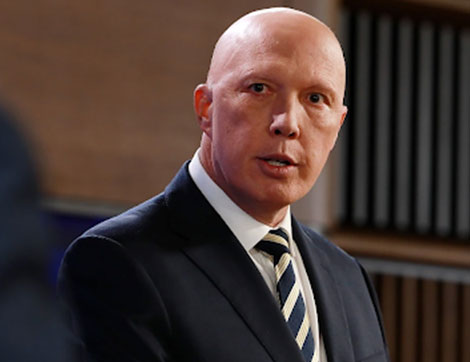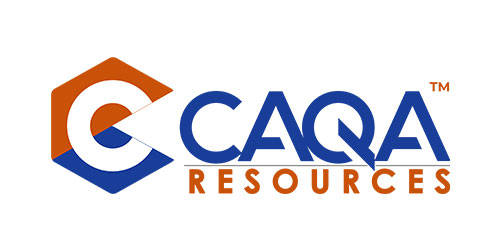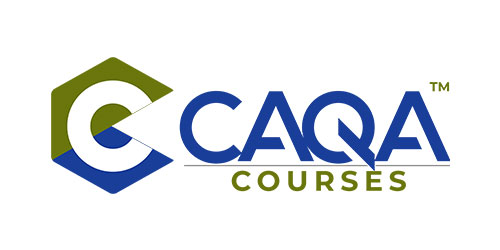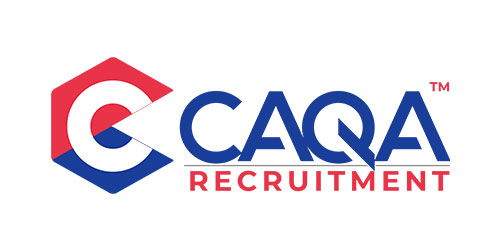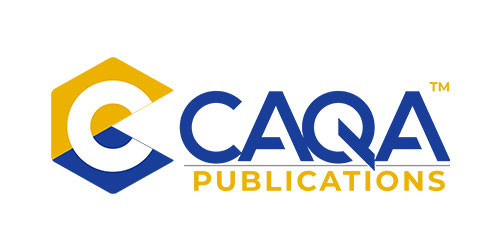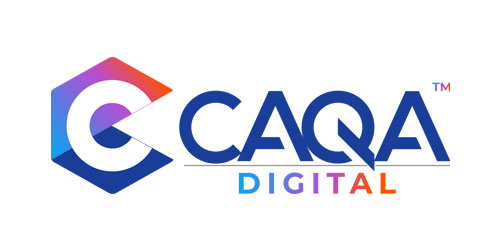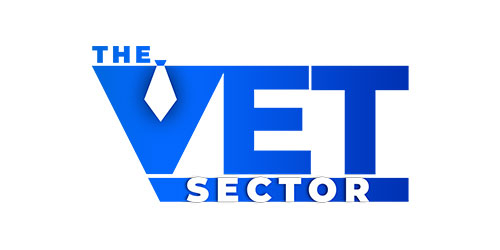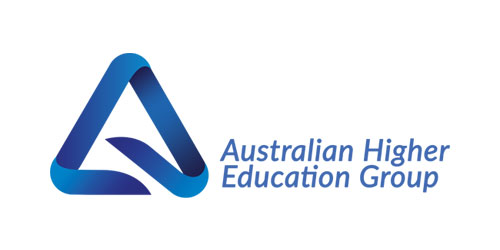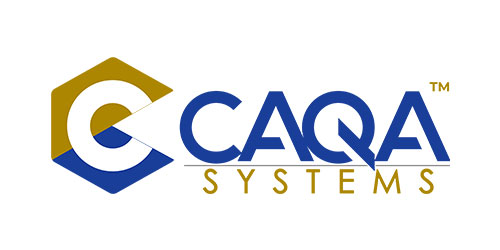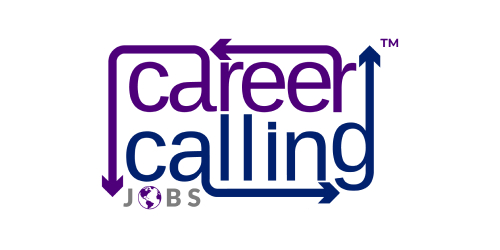
News
In this ever changing world, we are seeing many RTO’s change ownership for a variety of reasons. So what is involved? How do you know you are ready and prepared? What evidence do you need?
Anyone involved in the transfer of ownership of registered training organisations (RTOs) and Commonwealth Register of Institutions and Courses for Overseas Students (CRICOS) is subject to a number of requirements.
It is not permitted for RTOs and CRICOS providers to move their registration from one legal entity to another. That being said, if there is a change in company shareholdings but no change in the ABN/ACN of the organisation registered with ASQA, the provider can continue as long as they inform ASQA of the change in ownership. This is referred to as a change of ownership by ASQA.
Change of ownership is considered high risk and can lead to a full-fledged audit on the RTO’s registration to ensure the RTO is transferred to fit and proper persons. The individuals thinking about buying a training provider must be aware of their responsibilities under the Vocational Education and Training (VET) Quality Framework and to ASQA, the national regulator.
Changes in company shareholding of 50% or more are considered significant. ASQA aims to ensure that buying into a training provider does not enable a buyer to avoid the scrutiny that is applied to initial applications.
Registration requirements include:
- Demonstrating compliance with Standards for Registered Training Organisations (SRTOs) 2015 (the Standards)
- Demonstrating compliance with Fit and Proper Person Requirements 2011
- Demonstrating compliance with Financial Viability Risk Assessment Requirements 2011
- Demonstrating compliance with Data Provision Requirements 2012
- Demonstrating compliance with Australian Qualifications Framework
Along with meeting your legislative requirements under the VET Quality Framework, you must also:
- cooperate with ASQA’s General Directions and compliance monitoring activities
- pay all required fees and charges associated with your registration
- comply with any additional licensing requirements imposed on particular VET courses.
In addition, if providing training to overseas students, you will also be subject to the requirements of the Education Services for Overseas Students (ESOS) Quality Framework.
The ESOS Framework is comprised of the:
- Education Services for Overseas Students Act 2000 (ESOS Act)
- National Code of Practice for Providers of Education and Training to Overseas Students 2018 (the National Code)
- Education Services for Overseas Students Regulations 2019
- English Language Intensive Courses for Overseas Students (ELICOS) Standards 2018 (if applicable)
Evidence required from new owners
The following evidence is required from the new owners of the training organisation:
Fit and proper person requirements declaration: Click here.
Financial viability risk assessment tool: Click here.
The Financial Viability Risk Assessment tool guides through the process of considering the key expenses faced by an RTO/CRICOS provider and revenue forecasts. It assesses financial viability risk by evaluating the likelihood of business continuity, and capacity to achieve quality outcomes.
The assessment informs a judgement about whether the organisation has the financial resources necessary to:
- acquire and maintain the requisite assets and physical resources to deliver all qualifications on its scope of registration
- employ sufficient appropriately qualified staff to cover the courses for which it takes enrolments
- provide appropriate levels of student services to students
- remain in business to ensure that each student can achieve completion
- meet the above requirements, even in an unsure environment.
The Financial Viability Risk Assessment tool should be completed by the new owners of the legal entity once the change is/will be completed. A registered accountant who is external and independent to the training provider is required to certify the tool.
Other records, such as previous financial statements and a business plan, must also be included with the tool. You must confirm that your financial statements are in order and up to date, and that you have considered the future of your RTO.
Self-assessment tool for change of ownership: Click here.
The self-assessment tool is a document that covers the standards and clauses as a brand-new RTO registration.
The tools are separated into Section A and Section B
- Section A is to be completed
- Section B of these tools is only to be completed if 100% of shareholdings have changed over 12 months and the provider has:
- no ongoing students, or
- has not had more than 10 students complete the training product in which they were enrolled within the previous 12 months.
Entity records required include:
- ASIC company certificate
- ASIC company historical extract
- ASIC business name registration
- ABN certificate
- ASIC company historical extract of parent entities (showing the change of ownership)
Notification requirements:
If your provider is a VET-only training provider, you may notify ASQA of the change after it occurs. As the new owner, notification is your responsibility.
If your training provider is CRICOS registered, you will need to inform ASQA of the change in shareholdings before it occurs. You must also make sure the current owner has also notified ASQA of the impending change of ownership. This is a requirement under s17A (3) of the Education Services for Overseas Students Act 2000.
In line with Standard 8.1 of the Standards for Registered Training Organisations (RTOs) 2015, ASQA must receive this notification as soon as practicable, with 90 days after the event the latest it can be received.
Any of the above-mentioned changes should be reported to ASQA using the Notification of Material Change form. This form is available on ASQA’s online site, asqanet.
Audits for compliance monitoring
ASQA will perform a compliance audit to review factual information where substantial changes in ownership are subject to additional evidentiary criteria. The performance evaluation (audit) will look at the training provider’s compliance with:
- the applicable regulatory framework (VET Quality or ESOS legislative) the clauses and requirements in the Change of Ownership Self-Assessment Tool
This performance evaluation would look at whether or not the training company has enough resources to provide quality training and assessment, reliable information, and appropriate support to students.
If non-compliance is discovered during a compliance audit, regulatory action will be taken in a proportionate manner. For the next 12 months, there will be increased scrutiny.
Training providers that have undergone a substantial change of ownership may face increased scrutiny in the 12 months following the completion of the enforcement exercise.
This scrutiny will be extended to any proposals for changes to the scope of registration from training providers during this time, as well as during a provider review at the end of the period. Both of these actions can result in regulatory action, which may require further compliance audits.
New owners of a training provider are responsible for any existing and outstanding non-compliances, as well as any necessary rectification measures. New owners are also responsible for any potential disciplinary action taken by ASQA against the organisation in case of any non-compliance issues.
Charges
Notification of material change is free of charge; however, a compliance audit operation triggered by notification may result in compliance audit charges for any RTO operated under the NVR Act.
Obligations for RTOs
- Annual declaration on compliance
- Submit Total VET activity AVETMISS data
- Submit quality indicator data
- Annual registration charge
- Ensure compliance with the VET quality
- framework at all times
- Submit a renewal application at least 90 days prior to expiry
Obligations on CRICOS providers
- ASQA annual registration charge. Separate charges apply for RTO and CRICOS registration.
- If registered as a CRICOS provider, you’ll also need to pay the Department of Education:
- an annual registration charge
- an annual Tuition Protection Service (TPS) Levy.
- Ensure compliance with the ESOS framework at all times
- Submit a renewal application at least 90 days prior to expiry
Note:
- Once the application and supporting evidence are submitted, there is no other opportunity to include new or revised evidence. This is the same as when you first registered as a new training provider with ASQA.
- If the audit shows noncompliance, the regulator can issue a written directive to correct the problem, impose conditions on the registration, issue a notice of intent to impose sanctions, or cancel the registration. In other words, the sale of the RTO can trigger a complete regulatory audit, exposing the organisation to regulatory risks. This means that the evidence provided in the self-assessment must be 100% compliant. The same as when you first registered as a new training provider with ASQA.
- The regulator has also established that an RTO that has a change of ownership will face greater scrutiny in the twelve months following the completion of the compliance activity by the regulatory body.
 1800 961 980
1800 961 980 info@careercalling.com.au
info@careercalling.com.au







